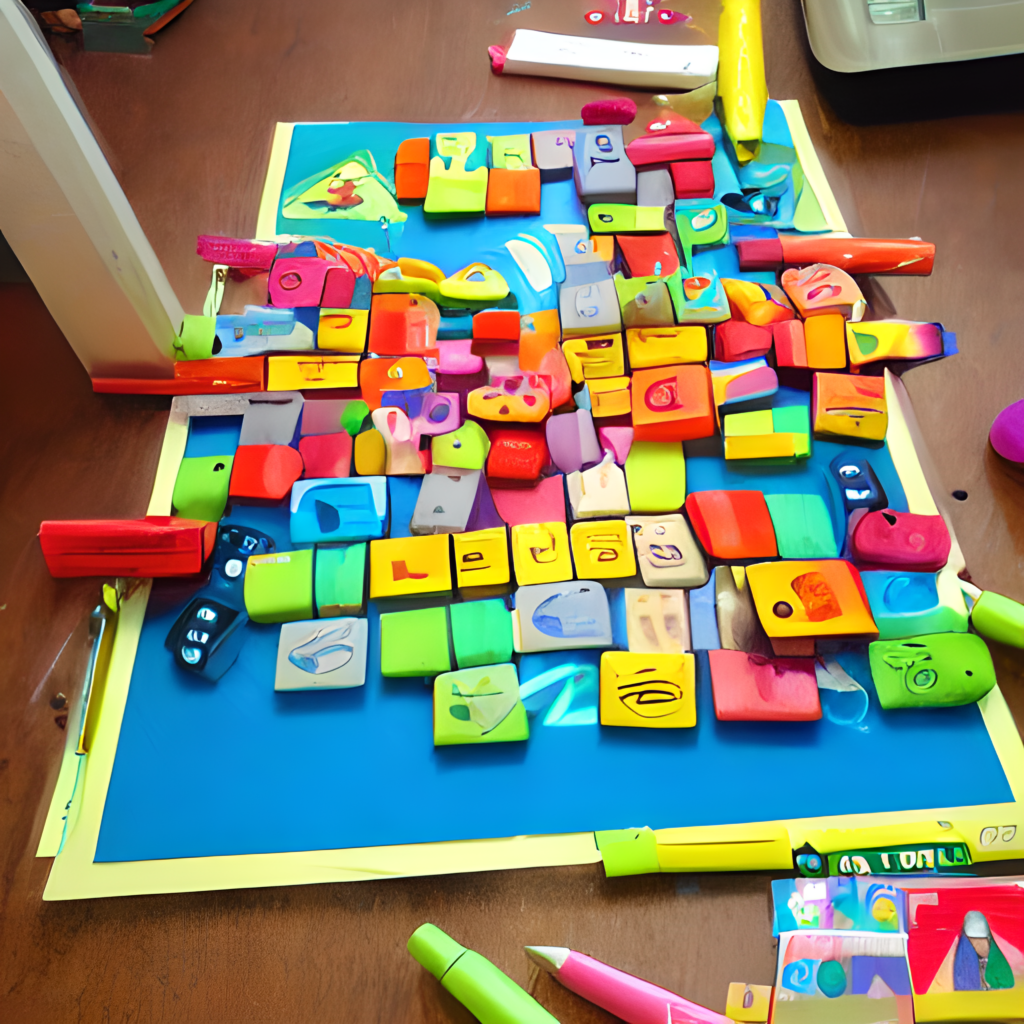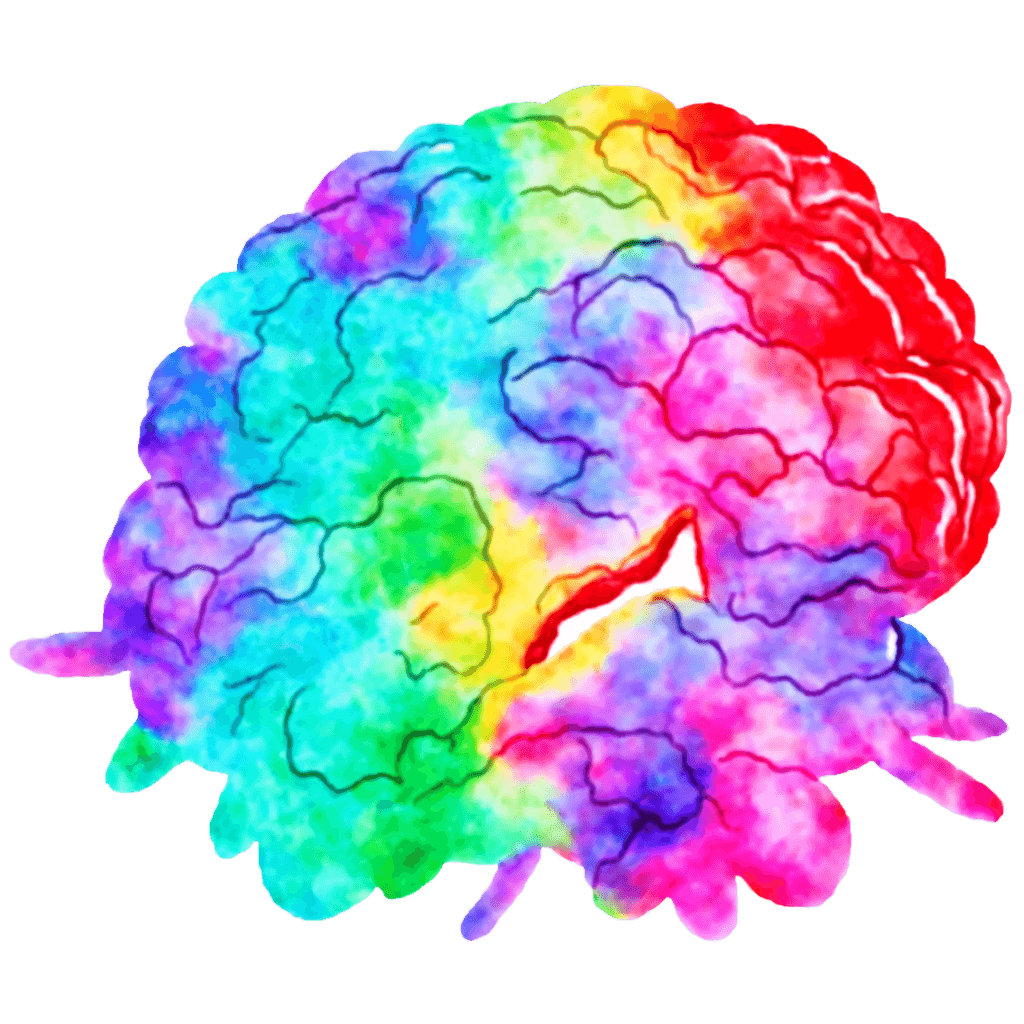Introduction
Autism Spectrum Disorder (ASD) and Attention Deficit Hyperactivity Disorder (ADHD) are neurodevelopmental disorders that affect millions of people worldwide. Traditionally, these conditions have been studied predominantly in boys and men. However, recent research has begun to shed light on how they manifest differently in girls and women. This blog post will delve into the complex world of cooccurring ADHD and autism in females, a topic that has been largely overlooked until now.
Understanding Autism and ADHD
Before we delve into the specifics of cooccurring ADHD and autism in girls and women, it’s essential to understand what these conditions entail. Autism is a developmental disorder characterised by difficulties with social interaction, communication challenges, and repetitive behaviours. On the other hand, ADHD is marked by persistent patterns of inattention, hyperactivity, impulsivity that interfere with functioning or development.
Historically, these conditions were considered separate entities with distinct diagnostic criteria. However, recent studies have shown a significant overlap between ASD and ADHD symptoms leading to a high prevalence of cooccurring ADHD and autism. This shift in understanding has prompted researchers and clinicians to explore the connections between the two conditions more deeply, with a focus on tailored interventions and support for individuals who may experience symptoms of both. Understanding the interplay between ADHD and autism spectrum disorder can lead to more effective strategies for diagnosis, treatment, and long-term management, ultimately improving the quality of life for those affected by these complex neurodevelopmental conditions.

Cooccurring ADHD and Autism in Girls and Women
Research indicates that females with ASD are more likely to have cooccurring ADHD than their male counterparts. This dual diagnosis can exacerbate the challenges faced by these individuals as they navigate social interactions, academic performance, emotional regulation, among other areas of life.
The issue of underdiagnosis and misdiagnosis of certain disorders in girls and women is indeed a critical concern that has far-reaching implications. Societal stereotypes often associate certain disorders with males, leading to a lack of recognition and understanding when these disorders manifest in females. Additionally, the differences in symptom presentation between genders can further exacerbate the problem, resulting in many girls and women remaining undiagnosed or misdiagnosed for extended periods of time.
As a consequence of this delay in diagnosis, individuals may face significant mental health challenges, such as heightened anxiety and depression stemming from unaddressed struggles. The toll of navigating life with undiagnosed or misdiagnosed disorders can be immense, impacting daily functioning, personal relationships, and overall well-being. It is imperative to raise awareness about these disparities in diagnosis and to advocate for improved understanding and recognition of the diverse ways in which these disorders can manifest across different genders. By facilitating earlier and more accurate identification, individuals can receive the support and interventions they need to effectively manage their conditions and mitigate the associated mental health implications.
Some symptoms of comorbid ADHD and autism can include:
- Social Challenges: Girls and women with cooccurring ADHD and autism may struggle with social interaction, finding it hard to understand and interpret social cues. They might also find it challenging to form and maintain friendships.
- Sensory Sensitivities: Individuals may experience heightened sensitivities to sensory stimuli, including light, sound, touch, and taste. This can lead to discomfort and distress in everyday environments.
- Repetitive Behaviours: Engaging in repetitive movements or actions, such as hand-flapping or rocking, is common among those with cooccurring ADHD and autism. These behaviours can serve as self-soothing mechanisms.
- Difficulty with Transitions: Changes in routine or unexpected events can be particularly distressing for individuals with cooccurring ADHD and autism, leading to anxiety and meltdowns.
- Attention and Executive Functioning Challenges: Problems with sustained attention, organisation, and task completion are typical. Additionally, difficulties in planning and prioritising tasks may be apparent.
The Gender Gap: Why Are Girls and Women Overlooked?
One reason why girls and women might be overlooked when it comes to diagnosing cooccurring ADHD and autism is the gender bias in the diagnostic criteria. These criteria were developed based on studies conducted predominantly on boys and men, leading to a skewed understanding of how these conditions present in females.
Girls with ASD often exhibit less obvious signs compared to boys. They may have fewer repetitive behaviours and may be better at masking their social communication difficulties by mimicking others’ behaviours. Similarly, girls with ADHD are more likely to present with inattentiveness rather than hyperactivity, which can be mistaken for daydreaming or lack of interest.
Furthermore, societal expectations and norms often pressure girls and women to conform, leading them to develop coping mechanisms that mask their symptoms. This ‘camouflaging’ can make it even more challenging for clinicians to identify these conditions.

The Importance Of Early Diagnosis and Intervention
Early diagnosis and intervention are crucial for individuals with cooccurring ADHD and autism. It allows for timely access to therapies and supports that can significantly improve their quality of life. For girls and women, this could mean avoiding years of feeling ‘different’ without knowing why, thus preventing the onset of secondary mental health issues.
Healthcare professionals play a crucial role in recognising and understanding the gender differences in symptom presentation for Autism Spectrum Disorder (ASD) and Attention-Deficit/Hyperactivity Disorder (ADHD). It is important for them to be aware that the manifestation of these conditions can vary between boys and girls, men and women. By being knowledgeable about the unique ways in which ASD and ADHD may present in different genders, healthcare professionals can ensure more accurate diagnoses and better tailored interventions.
Moreover, it is essential for healthcare professionals to consider the possibility of dual diagnoses when assessing patients with complex profiles. This means understanding that an individual may present symptoms that align with more than one condition, such as having both ASD and ADHD. Recognizing the potential for comorbidities is vital in providing comprehensive care and support to patients.
In summary, raising awareness among healthcare professionals about gender-specific symptomatology for ASD and ADHD, as well as the potential for dual diagnoses, can lead to more effective and personalised care for individuals with these conditions.”
Conclusion
Cooccurring ADHD and autism in girls and women is a complex issue that requires further research and awareness. By understanding how these conditions manifest differently in females compared to males, we can ensure that they receive accurate diagnoses earlier in life. This will enable them to access appropriate supports sooner, improving their overall wellbeing.
In conclusion, it’s not a matter of one or the other but recognising that both can coexist. With increased awareness among healthcare providers, educators, parents, and society at large; we can ensure that girls and women with cooccurring ADHD and autism are identified early on so they can receive the help they need to thrive.
For more information on ADHD and Autism-related topics, please take a look at my other blog posts, which can be found here.

Be the first to comment